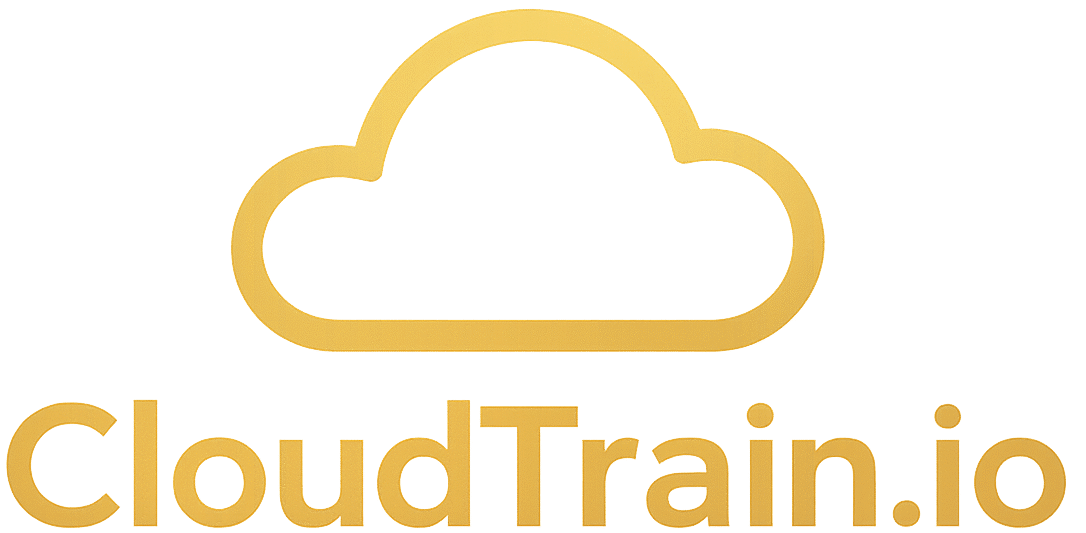Kubernetes: An Overview
Kubernetes, often abbreviated as k8s, is an open-source container orchestration platform. It was initially developed by engineers at Google and later open-sourced in 2014. Let’s dive into the key aspects of Kubernetes:
- Containerization and Challenges:
- Modern web services demand applications that are available 24/7, with frequent updates.
- Containerization allows packaging software to achieve these goals without downtime.
- However, managing multiple containers can be complex.
- What Is Kubernetes?:
- Kubernetes automates the deployment, management, and scaling of containerized applications.
- It ensures that applications run where and when needed, finding the necessary resources.
- Think of Kubernetes as the helmsman steering your containerized ship.
- Key Features and Benefits:
- Portability: Run applications consistently across different environments.
- Scalability: Dynamically scale resources based on demand.
- Availability: Ensure high availability and fault tolerance.
- Security: Implement access controls and network policies.
- Self-Healing: Automatically recover from failures.
- Architecture:
- Master Node: Controls the cluster and manages overall state.
- Worker Nodes (Minions): Host containers and execute workloads.
- Components:
- kube-apiserver: Exposes the Kubernetes API.
- etcd: Distributed key-value store for configuration data.
- kube-controller-manager: Manages controllers.
- kube-scheduler: Assigns workloads to nodes.
- kubelet: Ensures containers are running on nodes.
- kube-proxy: Manages network rules.
- CoreDNS/Kube-DNS: Provides DNS services.
- Getting Started:
- Create a Kubernetes Cluster: Set up your cluster using tools like kubeadm or managed services.
- Deploy an App: Use YAML files to define pods, deployments, and services.
- Explore Your App: Inspect resources and logs.
- Expose Your App Publicly: Make your app accessible externally.
- Scale Up Your App: Adjust the number of replicas.
- Update Your App: Roll out new versions.
- Debug Your App: Troubleshoot issues.
- Resources and Community:
- Kubernetes has a rapidly growing ecosystem.
- Documentation, tutorials, and community support are widely available.
Remember, Kubernetes empowers developers and operators to manage containerized workloads efficiently.
